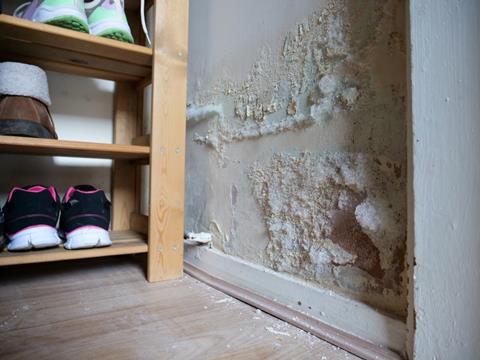New research sets out health and economic benefits of action to improve poor housing
Remedial work to England’s worst quality housing could bring more than £135bn in societal benefits over the next three decades, according to the Building Research Establishment (BRE).
The group’s latest analysis says an investment of £9bn to improve the 2.4 million homes identified as having some of the most serious health and safety hazards would pay for itself within nine years based on NHS savings alone.

Investment in these homes would also bring benefits to asset values, economic opportunities, carbon emissions and lower energy bills are considered, according to the BRE’s 30-year cost-benefit analysis.
Currently, the NHS is estimated to spend more than £1bn each year treating those affected by poor quality housing.
Gillian Charlesworth, chief executive of the BRE, said: “Our analysis is a clear signal to policymakers that investing in the health and safety of England’s poor housing will deliver significant, long-term economic and societal benefits.
“Up until now, no serious attempt has been made to examine and quantify the longer-term costs and benefits if the worst health and safety hazards were removed from England’s substandard housing.
“Improving poor housing has huge implications for the life chances of the families who live in those homes, and benefits to society as a whole.
>>See also: Could stamp duty reform be the answer to making UK homes net zero?
>>See also: Inside the £16m research centre testing houses against the elements
“Our research shows there is much more than a moral case for tackling unsafe homes. There is also a powerful economic argument for England and the UK to deliver the improvements needed, through targeted and timely programmes of work to reap the financial payback.”
The BRE admitted that it would not be practical to undertake all necessary work immediately and has designed a cost-benefit model that can be used to decide whether to take action in different scenarios.
Improving the 65,000 homes with a category 1 damp and mould hazard would cost £250m, with £4.8bn in societal benefit over the next 30 years if this work was to be undertaken immediately.











No comments yet